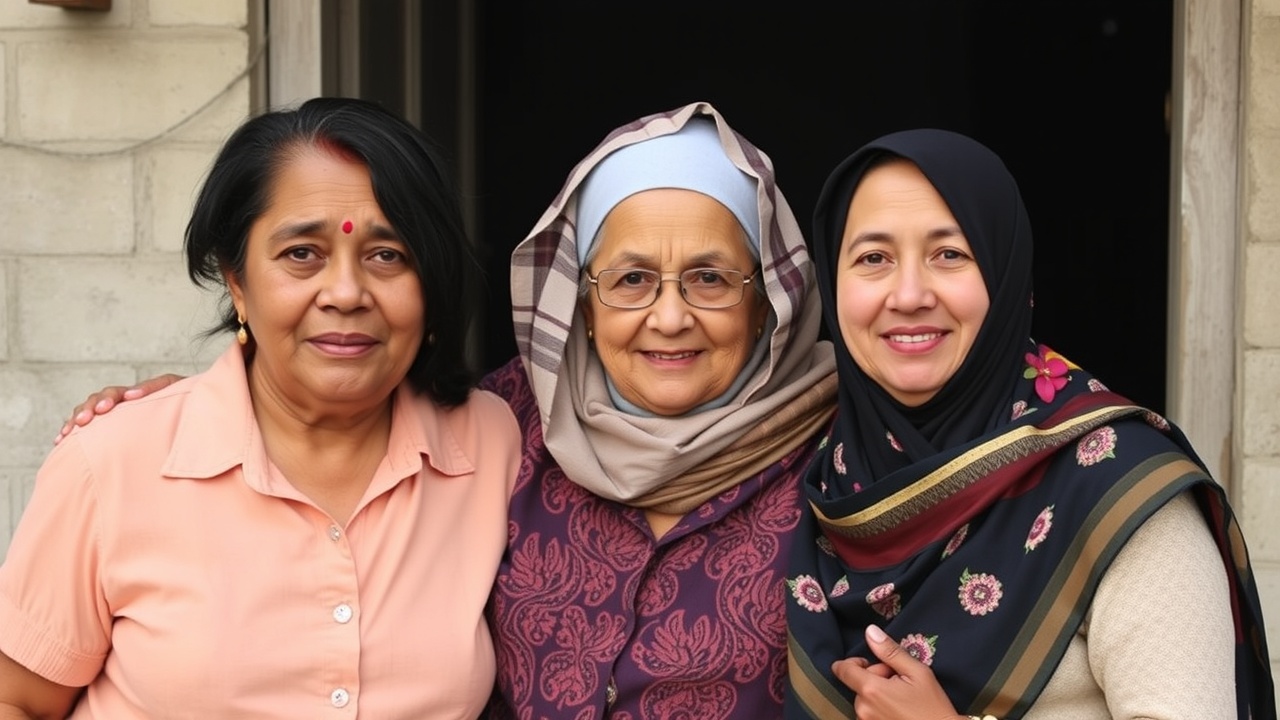
Would a £4,000 cash ISA limit encourage more women to invest? Terry Tanaka examines the reasons why women don't invest as much as men and what might encourage them to do so
Not only does UK chancellor Rachel Reeves advocate for women to stop investing in cash-only savings accounts (ISAs), but she also points out that women are simply losing out on the opportunity to build wealth.
AJ Bell Money Matters, a campaign by investment platform AJ Bell to encourage women's financial independence, discovered that although women were ahead of men in saving, with approximately a million more cash ISAs than men, this was not the case when it came to investing, with men holding approximately 500,000 more stock and share ISAs. Men's ISAs are worth at least £3,000 more than women's, according to HMRC data. It also means that there is a 6 point 6 billion gender ISA gap in the UK. Women experience a number of financial disparities, including the pension gap.
Beginning at age 21, it peaks when women reach their thirties, when the overall ISA gap reaches 46%.
It is worthwhile to examine the obstacles to investing for women and the solutions available, even though I do not think that capping the cash ISA at 4,000 will in any way encourage female cash hoarders to open stock and share ISAs or that cash lovers should be coerced into doing so by having their tax-free wrapper allowance reduced.
Why don't women invest?
Here, it's true what they say about time being money. Women frequently claim that they don't have the time, but neglecting to invest causes them to fall behind inflation and lose out on years of compound growth, which ultimately costs them long-term wealth.
It's logical. For example, if you're a working mother, you might find it overwhelming to spend hours searching the internet for information about investing.
Even those with the best financial management skills can make mistakes when it comes to investing.
During a speech this morning at a House of Lords event, Baroness Helena Morrisey claimed that despite managing other people's money as a fund manager, her hectic schedule caused her to overlook her personal finances.
She asserted that women should still consider their objectives and take charge of their financial futures.
Baroness Morrissey claimed that she could have taken more chances to maximize returns on her investments in her 30s, but she just did not give it enough thought.
However, it is never too late for anyone considering it, particularly since investment firms are making more efforts to recruit women and streamline procedures to make it easier to get started. Along with ignorance, too much jargon is frequently viewed as another obstacle. For those who do look, they claim that it is overwhelming and that they are faced with a lack of options.
How to begin making investments.
When you start investing, you'll wish you had started earlier, so it's normal to feel anxious about it. Despite the fact that investments can rise and fall, data indicates that they nearly always yield higher returns over the long run. Here are some things to consider to get going.
Start out small. Although some platforms allow you to start with just one pound, investing a significant sum, such as twenty-five pounds per month, will help you accumulate a sizeable sum and take advantage of pound cost averaging, which allows you to even out market fluctuations. Therefore, it makes sense to set up drip feed for a certain amount each month. Tax-free returns: If you believe that you have too much money in a cash account and you don't intend to use it for at least five years, you might want to transfer it to an ISA for stocks and shares. This will allow your wealth to increase more quickly and protect your returns from taxes. However, there are rumors that Rachel Reeves may cap the cash ISA at 4,000 to encourage more people to invest instead of the current 20,000 cap. Start with an app: Use an investment app when deciding where to invest your funds. Many of them will also ask you a series of questions to gauge your risk tolerance before making recommendations for funds. They streamline the process. The only thing left to consider is making your monthly payment. Establish objectives. It's always very motivating to know that you're working toward a goal.














Leave a comment on: Can the 4,000 pound cash ISA cap help bridge the gender investment gap?